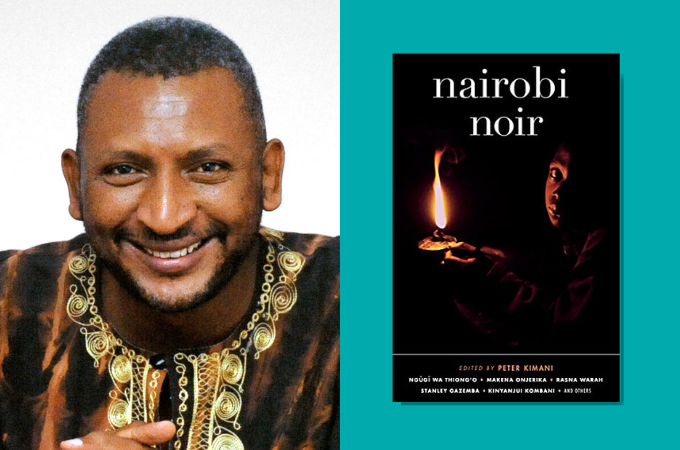
It’s perhaps the bad luck of this anthology that I picked it up right after reading Abubakar Adam Ibrahim’s collection of short stories, The Whispering Trees, and his award-winning novel, The Season of Crimson Blossoms. Like eating watermelon after tangerine, it’s not easy to appreciate its sweetness.
When I was packing for a week-long retreat to Nairobi, my first choice was Binyavanga Wainaina’s One Day I Will Write About This Place. But for some reason, I couldn’t find it on the shelves. So, I picked up Nairobi Noir, a short fiction anthology comprising of stories set in different parts of the Kenyan capital and edited by Peter Kimani. My second in the Noir series as I had read Lagos Noir on a road trip from Lagos to Abuja during the hectic days of COVID-19.
The opening story is “She Dug Two Graves” by Winifred Kiunga. It’s the story of a woman who avenges the murder of her brother in a perverted, sadistic way. It offers the reader a glimpse into the perilous existence of refugees, particularly the discrimination they face in the Dadaab refugee camp. However, it’s not particularly memorable.
Much of what follows in the next couple of stories is unedifying poverty porn, street violence, drunkenness, and steamy sex in the seedy parts of town. But I managed to trudge on.
When I got to Peter Kimani’s “Blood Sister”, the sixth story in the collection, my interest piqued. Mostly, it was due to the good writing. In a confident, witty, humorous, and practiced style, he tells a story of interracial sexual relations interwoven with the way the slums of Africa serve as a fertile testing ground for all sorts of European ideas and fantasies.
Then of course, there’s something to be said for the suspense created by Caroline Mose in the story “Plot Ten” as one keeps wondering who could have committed the murder. Nonetheless, it aligns with the showcasing of obscene poverty that seems to be the theme of most of the stories. Wanjikũ wa Ngũgĩ’s “For Our Mothers” follows suit with the story of Samina, a fatherless decent but poor Muslim girl who needs money to take care of her moribund mother who is lured by her friends―Batula and Satu―to commit a crime. It’s the tragic story of a daughter’s love for her mother under conditions of grinding poverty.
My favourite, though, is probably “Have Another Roti” by Rasna Warah. So delicately written, it demonstrates much of the complicated interracial relations marked by segregation and a hierarchy in which the black African is at the bottom. The story hinges around Anamika, a woman who grew up in a Punjabi society in Kenya where the discourse of love is replaced with the rites of eating and cooking―just have another roti. In many families, emotional trauma is garnished with culinary indulgence and swallowed without chewing, leading to psychological indigestion. A society in which sexual abuse, often incestuous, is wrapped in silence and threatening to bubble up later in life with unwholesome consequences. It’s also the story of love, of bereavement, and of loss. As a lover of nature and green spaces, I nearly shed a tear for the nostalgia invoked by the narrator’s description of the spacious and leafy neighbourhood in which bungalows with art deco verandas have been replaced by commercial tower blocks. This story is so good it should have been placed at the very beginning of the book to hook readers in.
And then there’s that ectopic Ngugi piece that is not really noir but that is happily accepted into the collection. The old man is a veritable wellspring of tales. That’s how he goes on and on for more than seven hundred pages in the Wizard of the Crow. His piece, “The Hermit in the Helmet”, is a hilarious satire of the way people wrangle on and on about the interpretation of scripture and the utterances of holy men, and each sect revelling in the belief that only they are right. As a believer myself I felt guilty laughing at the funny and cartoonish portrayal of the gullibility of the religious faithful.
The police feature prominently in this stinking underbelly of Nairobi sadly not as heroes but as proper villains themselves. They confiscate moonshine and other contrabands for their personal use, extort poverty-ridden Nairobian women struggling to eke out a living, and assault others who can’t afford to bribe them. This is sharply epitomized in the last two stories in the anthology― “Turn on the Lights” by Stanley Gazemba and “The Night Beat” by Ngumi Kibera.
Overall, the stories are vivid, bubbling with sounds and reeking of stench, that one squeezed one’s nose as one flipped the pages. No doubt, as depicted in the stories, Nairobi is a multi-ethnic and multiracial society comprising Africans, Asians, and Europeans. But of the Africans, only the Somalis are mentioned by name. The Gikuyu, Luo, or Kalenjin elements are not named. Perhaps the names of the Africans in the stories declared their presence. But this would be apparent only to Kenyan readers the way Chidi and Demola would announce the Igbo and Yoruba identities of their bearers respectively to a Nigerian reader.
And those Swahili insertions into the English text. Now, I am certainly for using African words that do not have real equivalents in English; but throwing whole sentences and phrases into the narrative undermines comprehension. I’m sure Swahili speakers would enjoy them. Some of the writers try to give an idea of what has been said in Swahili by cleverly translating them soon after. But many cannot be deciphered even from the context. A glossary of those expressions wouldn’t have hurt anybody.
***
Buy Nairobi Noir here: Amazon



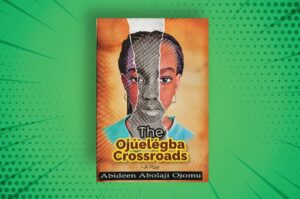
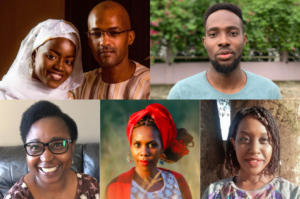
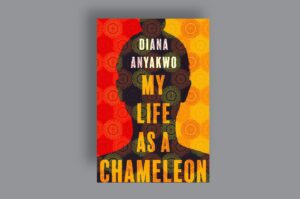
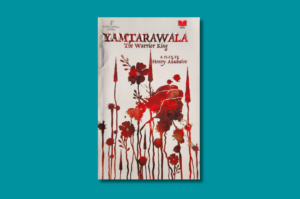
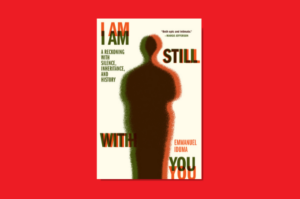
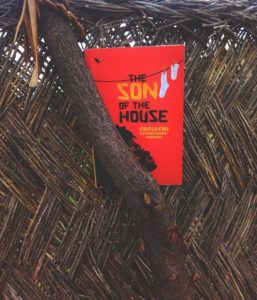

COMMENTS -
Reader Interactions